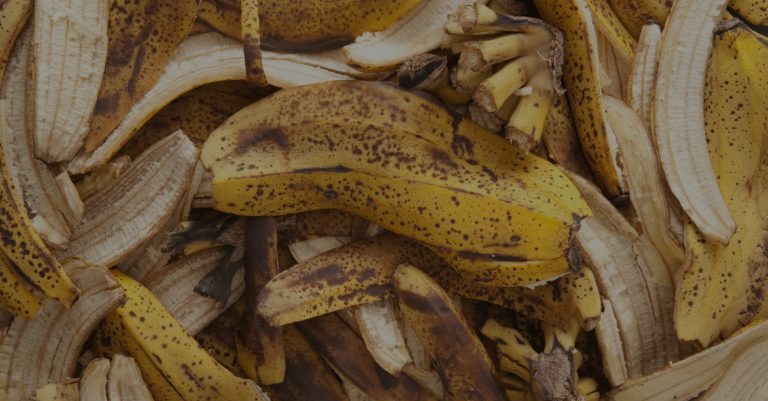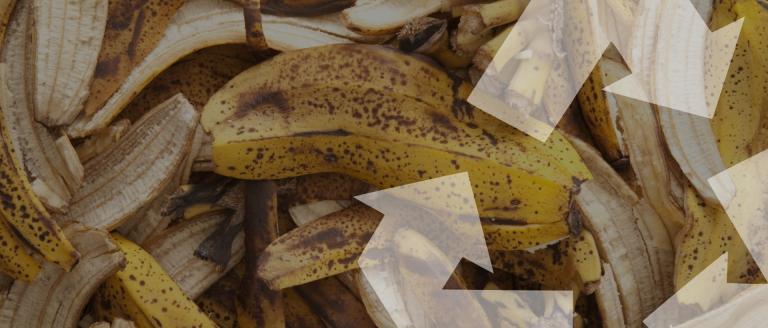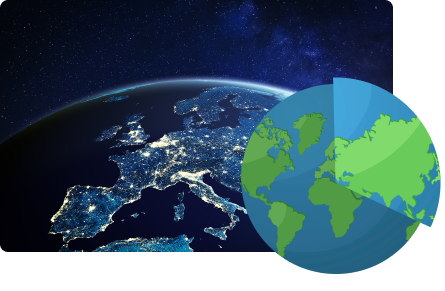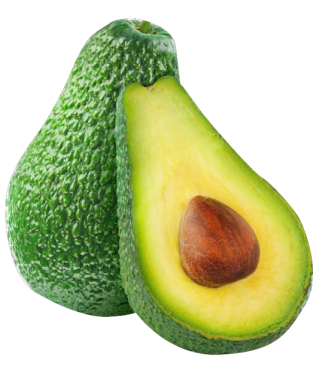

About
6-8 % of all human-caused
greenhouse gas emissions could be reduced if we stop wasting food. In the U.S. alone, the production of lost or wasted food generates the equivalent of
32.6 million cars’ worth of greenhouse gas emissions. To further support this claim, EPA estimated that each year, U.S. food loss and waste embodies
170 million metric tons of carbon dioxide equivalent GHG emissions (excluding landfill emissions) – equal to the annual CO2 emissions of
42 coal-fired power plants.
Share of the global greenhouse gas emissions from food
Source: Hannah Ritchie, Max Roser (2020): "Environmental Impacts of Food Production". Retrieved from: '
https://ourworldindata.org/environmental-impacts-of-food'
A
study by Poore and Nemecek (2018) shows that
19% of food’s emissions are due to food losses along the supply chain. This is caused by poor storage and handling techniques, lack of refrigeration or spoilage during transport and processing. In contrast, only 9% is caused by consumer waste.
In terms of global greenhouse gas emissions, food wastage is responsible for around 6%. This figure is from 2018 and does not include on-farm food losses during production and harvest. Therefore, it is very likely that greenhouse gas emissions are higher today.
To put this into perspective: GHG emissions from food waste is 3 times higher than global emissions from aviation. If food waste is compared to national emissions, it would be the third largest emitter behind China (21%) and the United States (13%).
In terms of global greenhouse gas emissions, food wastage is responsible for around 6%. This figure is from 2018 and does not include on-farm food losses during production and harvest. Therefore, it is very likely that greenhouse gas emissions are higher today.
To put this into perspective: GHG emissions from food waste is 3 times higher than global emissions from aviation. If food waste is compared to national emissions, it would be the third largest emitter behind China (21%) and the United States (13%).


To date, humanity consumes the equivalent of
1.3 earths per year, which means it takes one year and four months to regenerate the resources exploited in one year.
To date, humanity consumes the equivalent of 1.3 earths per year, which means it takes one year and four months to regenerate the resources exploited in one year.


1,000 - 1,500 liters of water
are consumed per 1 kg of avocado

1.4 kg CO2 per 1 kg of avocado

Each avocado travles around 10,000 km
Countries of origin: Mexico, the Dominican Republic and Peru

Smoothies, sauces and pastries
The core can be ground into powder and mixed into food

Face creams and shampoos
High fat content helps dry skin, while biotin gives shine to the hair

Pink dye in the textile industry
By boiling out the kernel and peel

Biopolymers from avocado seeds
Biodegradable straws, cutlery and plates invented by a Mexican startup
Recent research from BCG, a global consulting firm that works with business and community leaders to address their greatest challenges, found out that companies that are successful in
addressing societal challenges tend to enjoy
higher total shareholder return and margins. As they tackle a daunting global challenge, companies with a global value chain stand to gain tangible business benefits such as
lower costs, wider markets, and new revenue opportunities. In doing so, they help building a
circular economy with methods of recycling and upcycling.
The world’s population is expected to grow linearly and reach
up to 10 billion people in 2060. The overall growth rate is getting lower and is predicted to
decline from 1.08 % in 2019 to 0.1 % in 2100. However, due to increasing technology and better medical treatment the number of people living on the Earth will still increase.
of the value chain with LEROMA
LEROMA is not only committed to
greater efficiency in the procurement process and trade in food raw materials, but also to the
reduction of food waste. Unprocessed food in particular can be reused. As a result, the
potential at the beginning of the value chain is particularly high and promising.
benefits of waste products. By making them available to alternative industries such as cosmetics or pharmaceuticals, we create a sustainable way of life
and a circular economy.
Sell your surplus and waste materials through LEROMA's Surplus Exchange. This will save you around 12 % of your disposal and storage costs each month.
